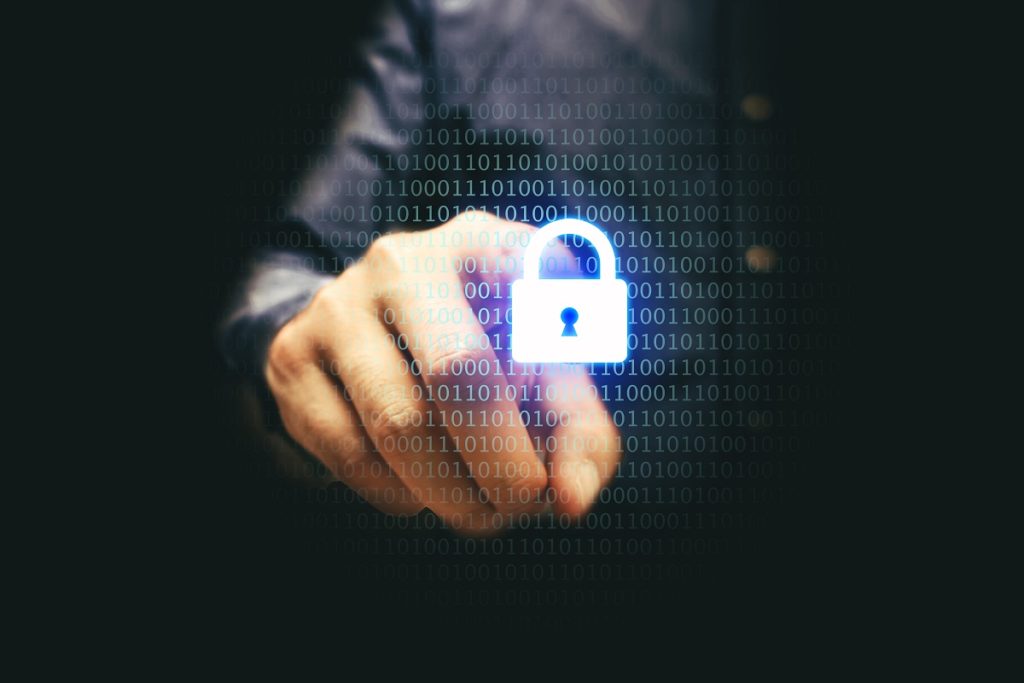Even if your business doesn’t have an eCommerce component, for as long as it holds data that is of value to cyber-criminals, you need cybersecurity measures in place. Here’s how you can protect your business against cyberattacks.
-
Educate Your Employees
The cyberattacks that do the most damage usually have a human component. ; Seasoned cybercriminals may use social engineering techniques like phishing, pretexting, baiting, quid pro quo and tailgating to gain access to server rooms, and then hack into the systems. To minimise the risks related to cybersecurity breaches, brief employees about the company’s cybersecurity policy and the protocols and procedures in place to avoid unauthorised people entering secure areas. Employees should also be wary of opening email attachments from unknown sources, disclosing data when responding to online offers from unknown sites, and avoid leaving their work computers unlocked when away from their workstation for long periods.
-
Learn Hackers’ Dirty Tricks
In Australia, penetration testing by cybersecurity experts is one way businesses identify their online security weaknesses. Network penetration is an excellent way to enhance your cybersecurity by simulating a cyberattack on your business. The test finds vulnerabilities in cybersecurity infrastructure, gauges the capability of your cybersecurity team and highlights improvements required to resist a real cyberattack.
-
Update your Software

Be sure to update your Operating System (OS) and other software you use in your business operations. Remember the WannaCry ransomware disaster in 2016? This malware spread all over the world and affected computers of important organisations like the National Healthcare Service in the UK. Government institutions in Russia, China, the US, India and most of Europe were also attacked by the virus. The rapid spread and damage caused were easily avoided if the computer owners had updated the software of Windows OS. That’s because WannaCry was designed to exploit a small security flaw in older versions. Once it infected a vulnerable computer, the malware encrypted all of its data and informed the user to pay a ransom in Bitcoin before the data was unencrypted. Russia and India were among the hardest-hit by WannaCry, since many of their computers still used Windows XP.
-
Establish and Enforce Good Security Standards
When your business shares data with another business or third party, you must both agree on cybersecurity protocols. Whether you are supplying data, receiving data or both, establish standards and expectations for handling data securely. Get the agreement in writing at the start of your engagement. Data that enters or leaves your network should be subject to your business’s security protocols and policies, with the level of security-dependent on the information’s level of sensitivity. Any agreement to data security standards should be strictly enforced and reviewed periodically to ensure its relevancy.
Failing to keep your business safe from cyberattacks can have serious consequences. Apart from suffering data or other losses from the cyberattack itself, your business can be held accountable for cybersecurity breach even if it was the ‘victim’. It is your business’s responsibility and in your best interests to use whatever means it has to protect against cybersecurity breaches.

